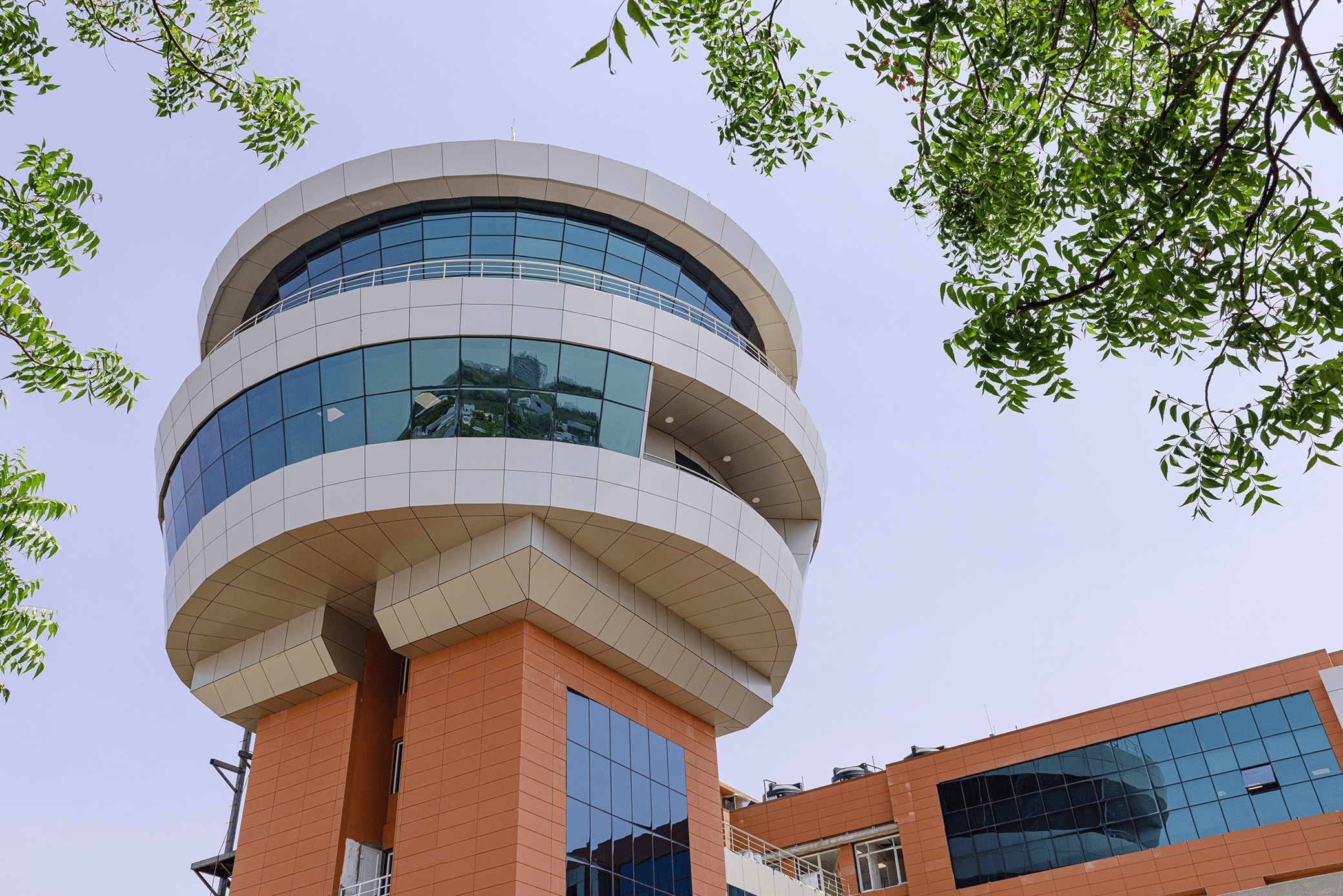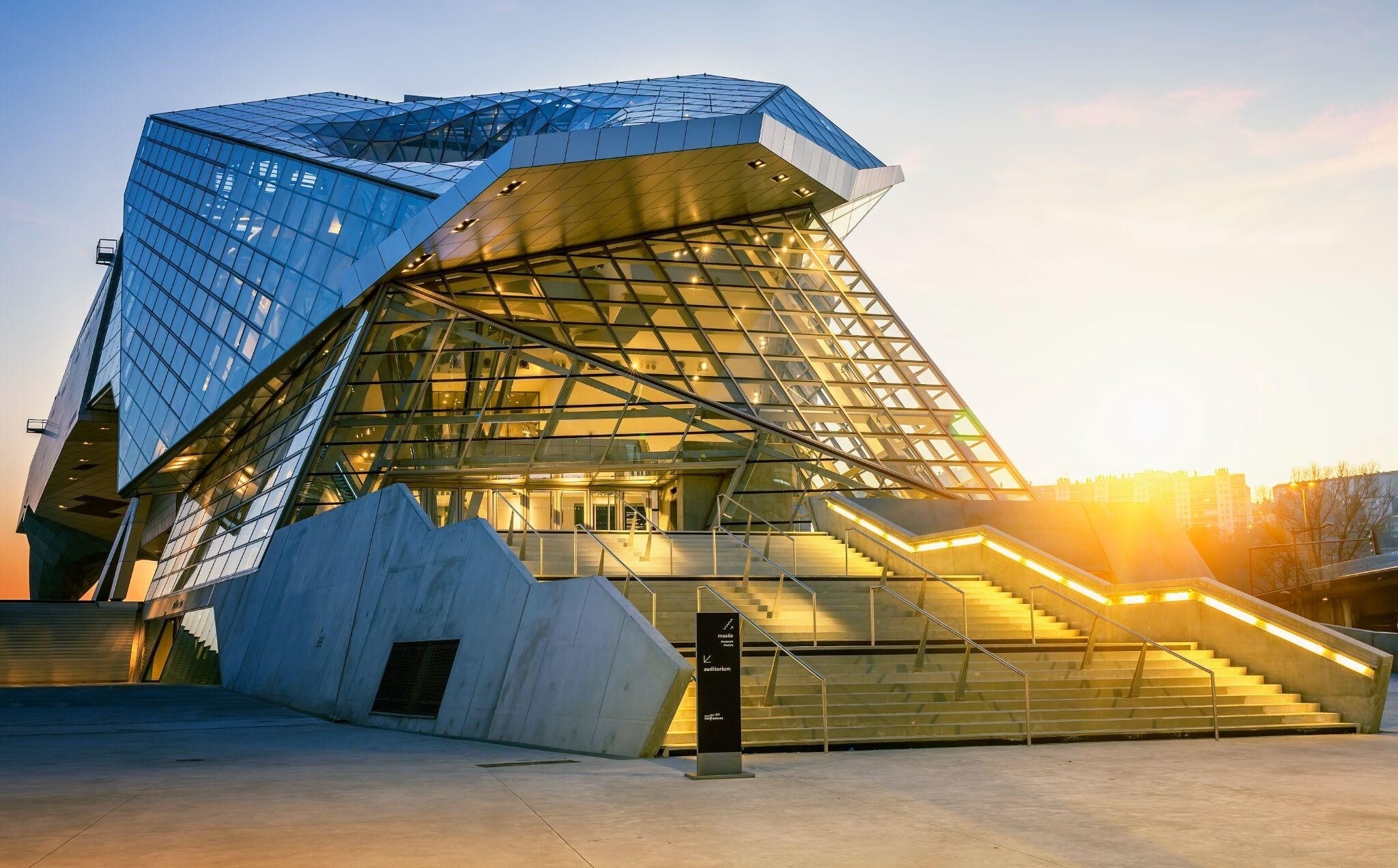
History, culture, and religion have had an impact on Indian architecture. It has evolved over time, and different eras have had an impact on the style and aesthetic. Colonisation and discourse with other countries have added layers to Indian architecture, with influences and vestiges visible in various sections of the country even now.
India's architectural styles have been significantly influenced by the rise and fall of many civilizations, empires, and external influences. Let's explore how Indian architecture has evolved over time.
Harrapan civilization architecture
The Harrapans were a prehistoric tribe that lived in the Indus Valley Civilization between 3300 and 1300 BCE. The architecture of the Harrapans is regarded as being innovative. Broad main roads and smaller alleys that connected at right angles made up the well-planned grids of the cities of Mohenjo-Daro and Harrapa. The Indus Valley Civilization's architecture was distinguished by grid patterns in brick, a clearly defined city plan, flawless drainage systems, tall city walls, and multi-storey houses. Every building in the entire city had a purpose, and it was more functional than artistic.
Gravel architecture
Gravel architecture refers to structures, sculptures, and buildings carved out of a single solid natural rock. India is well known for its rock-cut architecture, with more than 1500 recorded constructions that have attained global relevance. The Barabar Caves in Bihar, which were found in the third century BC, are the oldest of them. The Ellora Caves, the Ajanta Caves, and a number of the sculptures at Mahabalipuram are other examples of famous rock-cut/gravel sculptures.
Temple architecture
One of the most significant features of Indian architecture is the temple building. The Nagara, or Northern style, the Dravida, or Southern-style, and the Vesara, or Mixed style, are the three main divisions of ancient Indian temple architecture. Ornamentation is a recurring motif or conspicuous element in temple buildings. The detailed intricacies of figurative sculptures and architectural elements reflect the ancient Indian temples' greater emphasis on embellishments.
Indo-Islamic architecture
Mughal architecture is a distinctive synthesis of Central Asian, Islamic, Persian, Arabic, and Turkish architectural influences. The distinguishing factors were enormous domes with bulbous shapes, spacious halls, enormous entrances, and slender minarets. On the other hand, the arches and domes of the Imperial Style have exquisite embellishments. There were usually floral motifs along with other Hindu symbols like lotuses and swastikas, juxtaposed with verses from the Quran.
Know More: Why ACP Panel Fascinated Indian Architects
The evolution to modern
The expanding economy and population have resulted in massive housing demand. A change in Indian architecture has been brought about by globalisation and exposure to other cultures. Aluminium Composite Panels, glass and contemporary designs and styles make up the majority of today's constructions. Every time they work on a new project, architects and designers aim to impose their own style by pushing the boundaries of style.
Modern-day architecture
The inception of new architectural styles and materials quickly ushered the Indians into a completely new and distinct world. Everything, even the architecture, abruptly changed. There was an instant need for shopping centres and IT parks as marketplaces emerged. The rapid emergence of large-scale glass facades and ACP facades throughout India was one of several factors that changed our surroundings. The majority of India's new millennium architecture is influenced by two cities. First came Dubai, then Singapore. It is worth noting that, for a city of its size, Dubai has the highest concentration of aluminium composite panel usage in the world. When Indian towns began to grow rapidly because of economic liberalisation, several architects from Dubai and Singapore came to work on projects in India. That was most likely the impetus for the construction of buildings in urban areas using ACP sheets.
There were additional factors, such as ACP cladding being low maintenance, easy to install, and imparting elegance. The creation of exterior treatments that required specialised labour was made quick and simple by builders and contractors. The real estate industry was thriving during this period of easy money. In addition, the majority of Indian metropolises have previously been ravaged by monsoon stains on subpar exterior coatings and paint. However, the ACP-cladded buildings stood out among the others. People started using ACP sheets for existing buildings as well as brand-new construction to modify their façades.
You May Like: Viva ACPs – The New Age Construction Material
Buildings clad in ACP sheets have proliferated throughout the city in the last decade. In cities, all office buildings and IT parks will resemble one another by 2030. As demand increased, more competitors joined the market. ACP panels are now offered by almost every business that sells construction materials in a spectrum of colours and textures. In the absence of sufficient safety and quality criteria, aluminium composite panels have become the best alternative for building facades.
Here are some of the advantages of ACP sheets or Aluminium Composite Panel, which make it the choicest building material:
- Durable
- Aesthetic looks
- Easy to install
- Light weight
- Weather resilient
- Low maintenance
- Fire Retardant
- Recyclable
- Cost-effective
Over the millennia, many invaders and visitors who brought distinctive cultural styles from their homelands have affected Indian art and architecture, leading to its current state. It is an abstract mash-up of global components and styles that is always growing, making it truly unique. VIVA has produced a number of iconic examples of modern architecture with ACP Cladding.
To know more about ACP sheets and the ranges that VIVA offers, log on to vivaacp.com or mail us at info@vivaacp.com
https://vivaacp.com/aluminium-composite-panels-evolution/





 en
en
 Spanish
Spanish Arabic
Arabic Swahili
Swahili French
French

